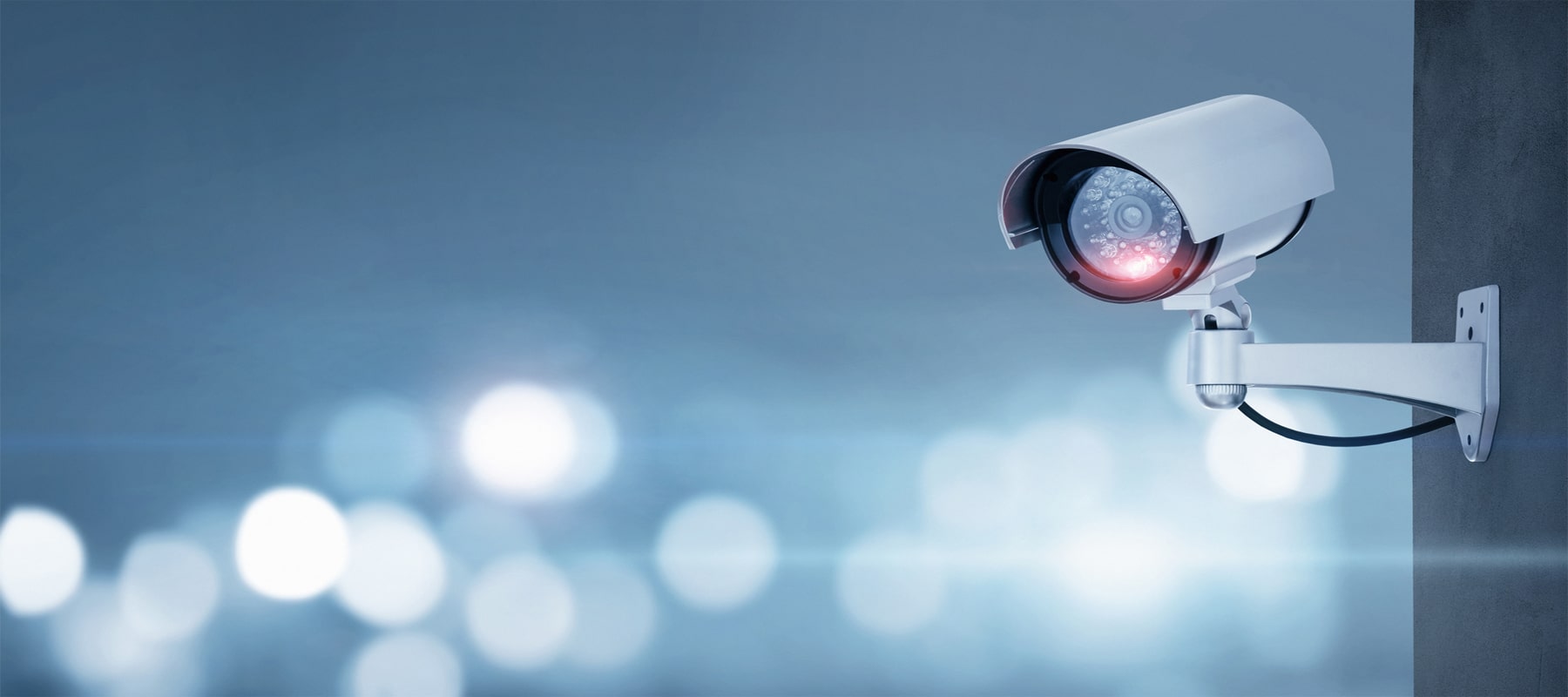Are Sprinkler Systems Required in Commercial Buildings?
Last Updated: January 07, 2022

Fact Checked By: Ryan Maguire
On This Page
No matter what type of business it is that you own, fire safety should be one of your top concerns as a business owner. Even if the fire does not occur during business hours, where customers and employees are at danger of death or injury, a fire can cause damage to or permanent loss of equipment, merchandise, or records. It can even shut down your operations for good. Luckily, safety measures such as sprinkler systems exist to prevent that. Whether your company is large or small, it is a good idea to equip your building with a sprinkler system.
Why Does My Building Need a Sprinkler System? #
A fire sprinkler system is all about providing safety for the occupants of a building, whether it be tenants in an apartment building or the customers in a commercial building. The sprinklers are designed to activate when they detect the fire's heat, spouting water to extinguish or slow the spread of the fire. Though a fire could already be well underway by the time the sprinklers sense enough heat to activate it, sprinklers still provide enough fire suppression to let people leave the building safely. This suppression also allows firefighters safer access to the building and any affected areas, reducing the damage the fire might do.
Sprinkler System Requirements #
The National Fire Protection Association (NFPA) issued the NFPA 13: Standard for Installation of Sprinkler Systems, which sets a national standard for the installation of sprinkler systems. The act provides a set of standards for meeting these fire safety requirements and ensures that fire safety authorities are consulted for each new installation of a system. It includes several provisions for commercial buildings and systems.
For example, any building that has a fire area that exceeds 5,000 square feet, as well as any remodeled or renovated buildings and single tenant expansions that increase a fire area beyond 12,000 feet, must have fire sprinkler systems installed throughout the building. It also requires that buildings higher than 55 feet have automatic sprinkler systems in place throughout the building and that water supply control valves be both easily accessible and well protected.
While these are not all the requirements and provisions set in place by the NFPA, the rest of the stipulations follow the same reasoning and have the same purpose: to keep people safe. It is important to note that this act is not the only set of guidelines or rules in place when it comes to fire safety and sprinkler systems. Always consult a local fire safety authority, as there could be a variety or laws and regulations in place at local, state, and federal levels that must be taken into consideration.
Types of Sprinkler Systems #
There is more than one type of sprinkler system. The correct set up for your building depends on a variety of factors; don't make a decision before consulting a professional. Here are a few of the available sprinkler system types:
- Dry pipe systems: This type of sprinkler setup should only be used in areas where the temperature would get cold enough to freeze the water in a wet pipe system. A dry pipe sprinkler system has pipes filled with air at a lower pressure than the water supply and a large clapper valve that prevents the water from entering the piping. The valve opens when the automatic sprinklers sense a sufficient amount of heat, allowing the air in the pipes to escape and the water to enter the pipes and exit the sprinklers. Because the water is delayed, dry pipe systems are not as effective as wet pipe systems during the beginning stages of a fire.
- Wet pipe systems: The most common type of fire sprinkler system, wet pipe systems are simple and reliable. They are made up of automatic sprinklers and (typically) an automatic alarm check valve. All of the piping in a wet system is filled with water, hence the name, which is ejected from the sprinklers when they are exposed to sufficient heat.
- Deluge sprinkler systems: Unlike dry or wet pipe sprinklers, deluge systems are not activated by a heat sensitive element. Rather, they are activated by a fire alarm system. Deluge sprinkler systems do not have water in the pipes, since they are either designed without a heat sensitive feature or have had it removed, leaving the sprinklers open. The piping itself is set at atmospheric pressure, with a deluge valve keeping the water out. When a fire alarm is activated, it opens this valve, allowing water to flow through the pipes and sprinklers.
There are other types of sprinkler systems as well, such as double interlock, foam water, and pre-action systems. The type of sprinkler that will work best for you depends on the building and any rules and regulations set by the NFPA and other fire safety authorities.
